The wife and I went to Mexico last year on honeymoon. Mexico was an obvious choice for us as we both love Mexican food, while the exact location of the Yucatán Peninsula in the southeast of the country was chosen because my friend Mike was living there with his Verónica. Visiting somewhere new is always better when you have someone local to show you around and those friends who you tell "we'll come visit you someday!" might not be there forever. In fact, we are lucky we visited when we did because Mike and Verónica have now moved back to the UK.
Mérida
After one night in Cancun, we took a bus to Mérida were Mike was living and the gluttony started with a trip to the local ridiculously cheap taco shop.
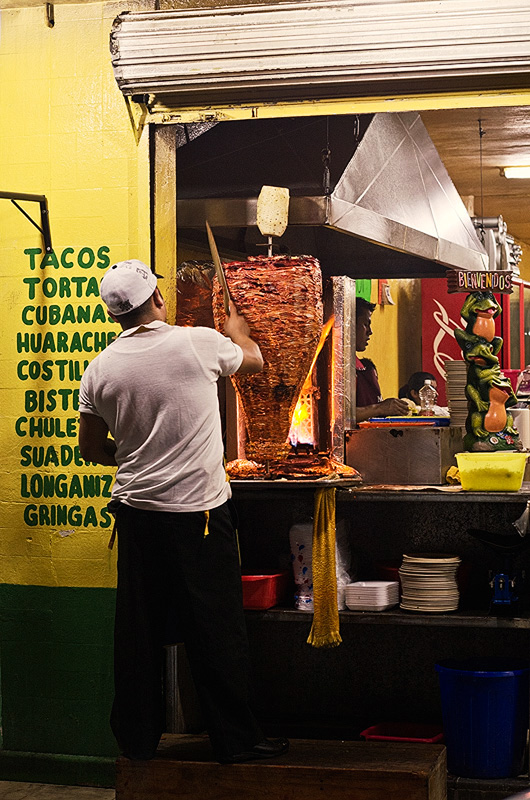
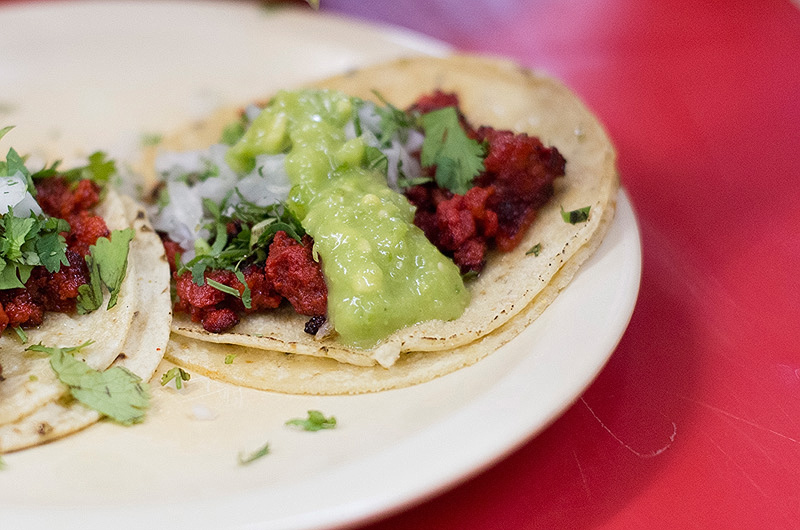
Longaniza (spicy sausage) tacos
Mérida is the capital city of Yucatán and was founded in the 1540s by Spanish conquistadors on the site of the Maya city of T'hó. Buildings such as the cathedral were built from stones from the ancient city. Essentially, Maya slaves were made to tear down their place of worship to build a new one for their conquerors. Beautiful city though. Oh, and free wi-fi!
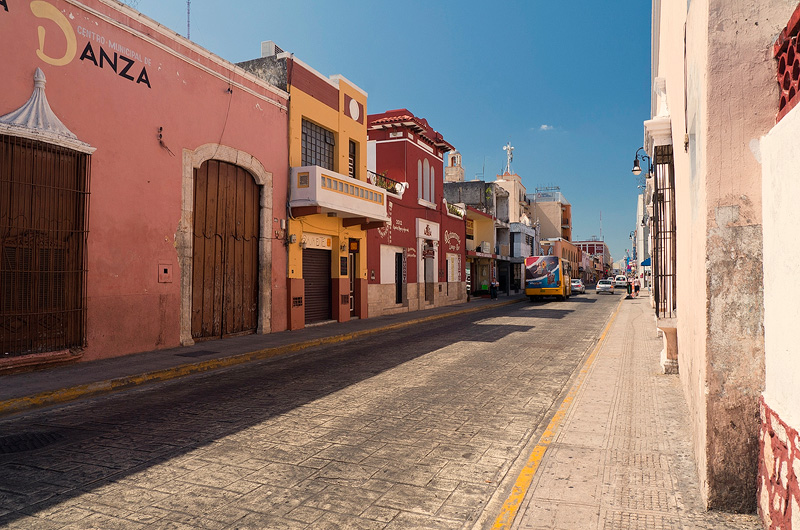
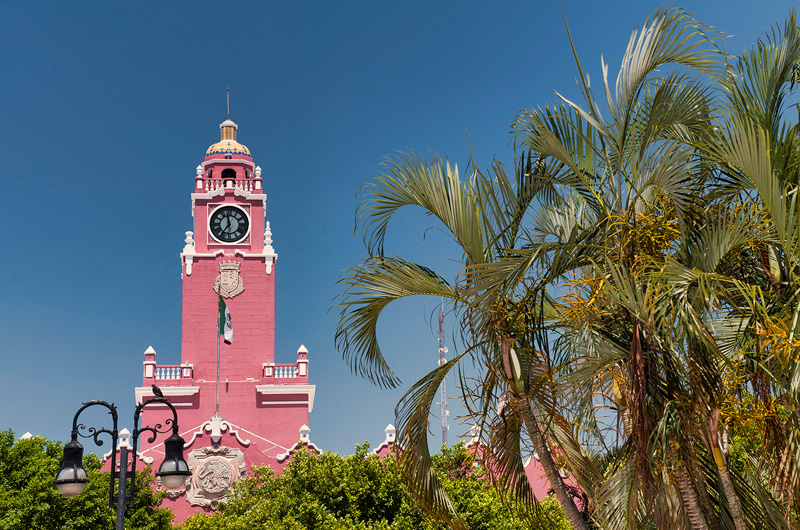
Clock tower of the Palacio Municipal
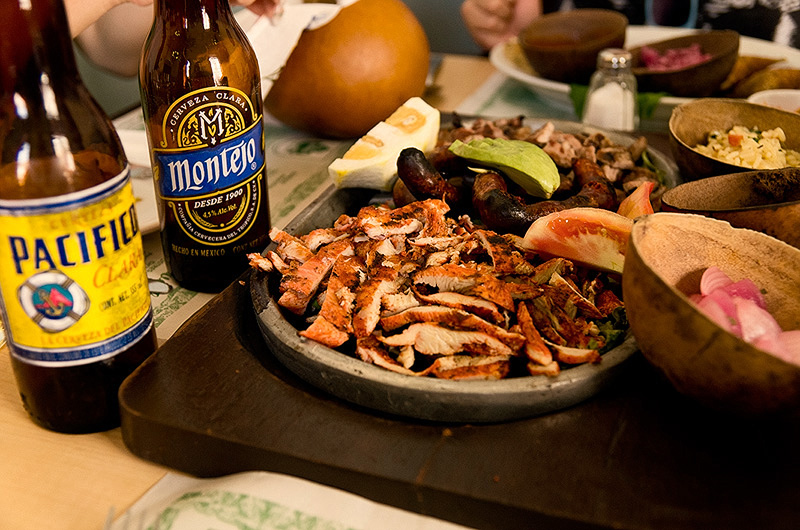

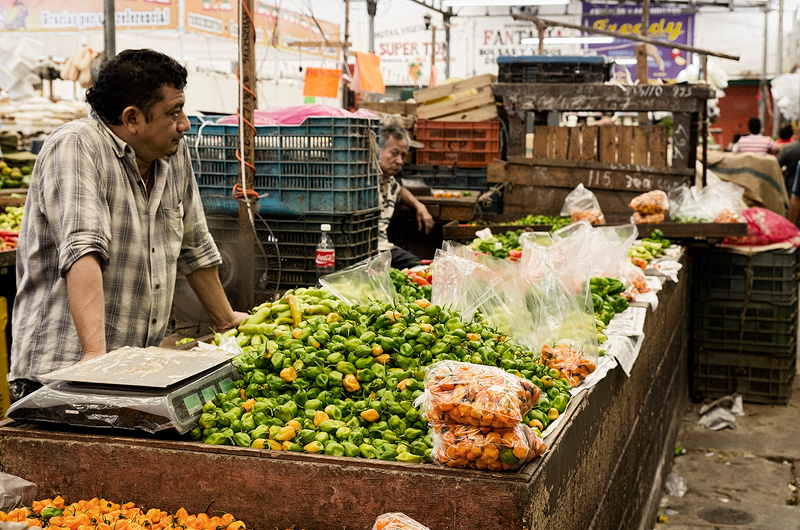
No shortage of habaneros in the market
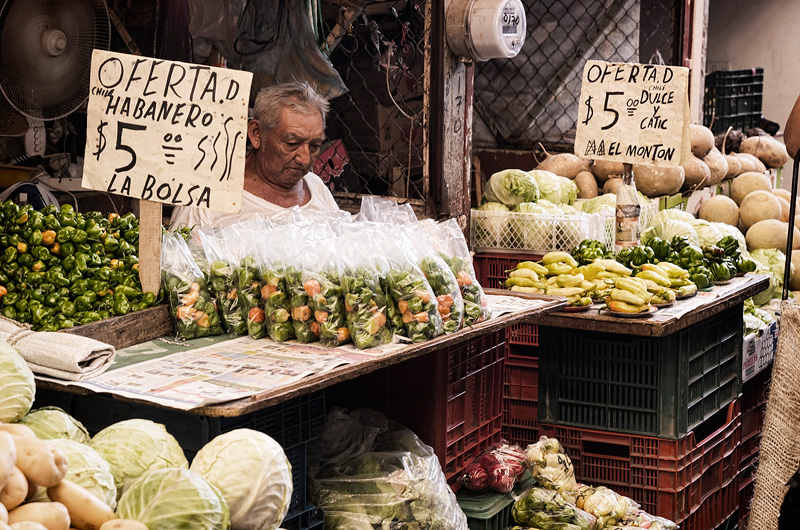

Orangina the Chihuahua.
Uxmal
Uxmal was the first lot of Maya ruins we visited and probably my favourite of the structures are just as impressive as Chichen Itza, but without the crowds. Though a lot of the buildings have been restored since the first excavations in 1929, much has yet to be discovered.
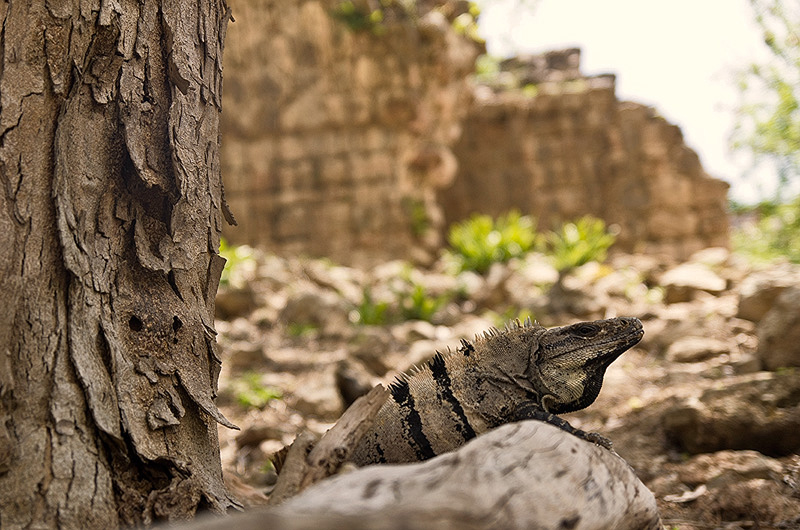
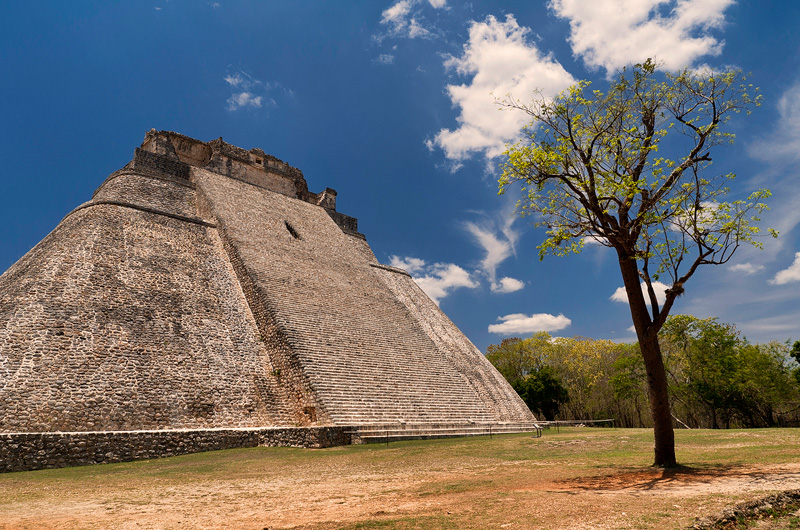
The Pyramid of the Magician / Dwarf
The main pyramid was, if you believe the legend, built by a powerful dwarf magician who was hatched from an egg.
The King became enraged that he was being matched by a dwarf, and told the dwarf that in one night he must build a house higher than any other in the city or he would be killed. The dwarf again returned crying to his mother who told him to not lose hope, and that he should go straight to bed. The next morning the city awoke to see the Pyramid of the Dwarf in its finished state, taller than any other building in the city.
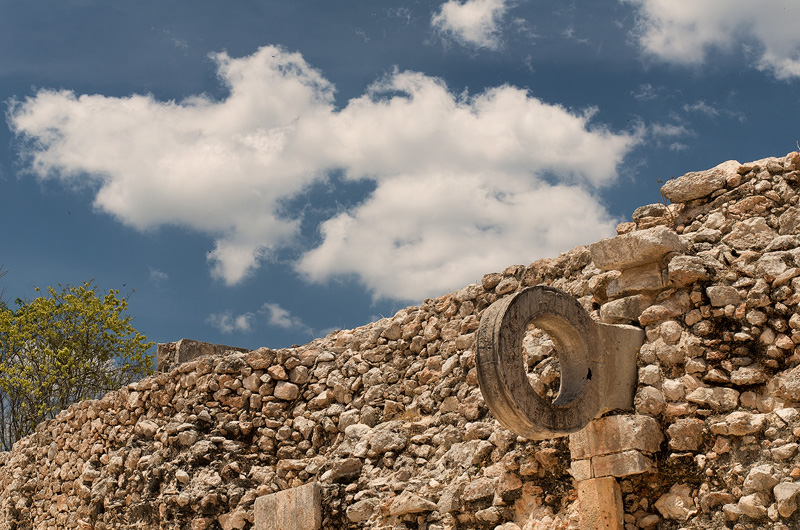
Ballcourt
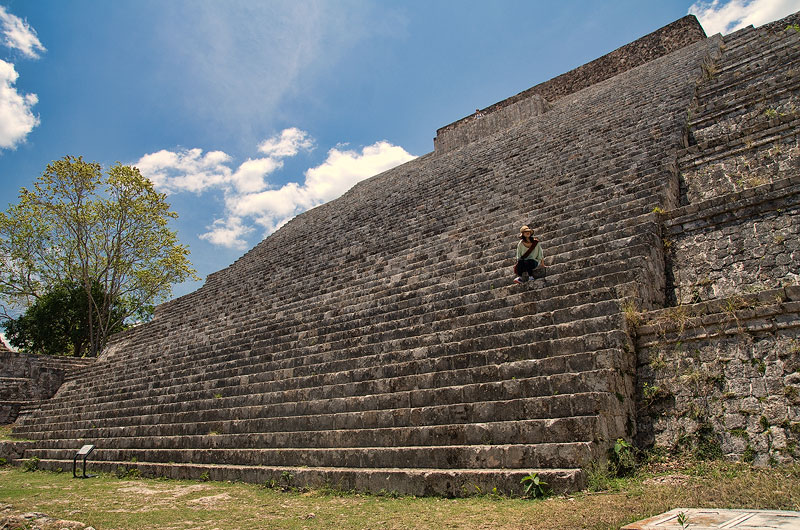

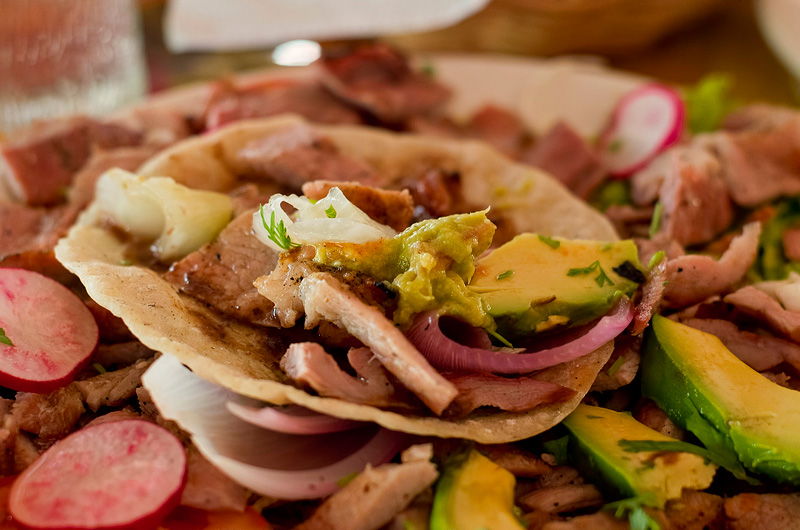
Poc-chuc, a Yucatán delicacy of pork marinated in sour orange juice.
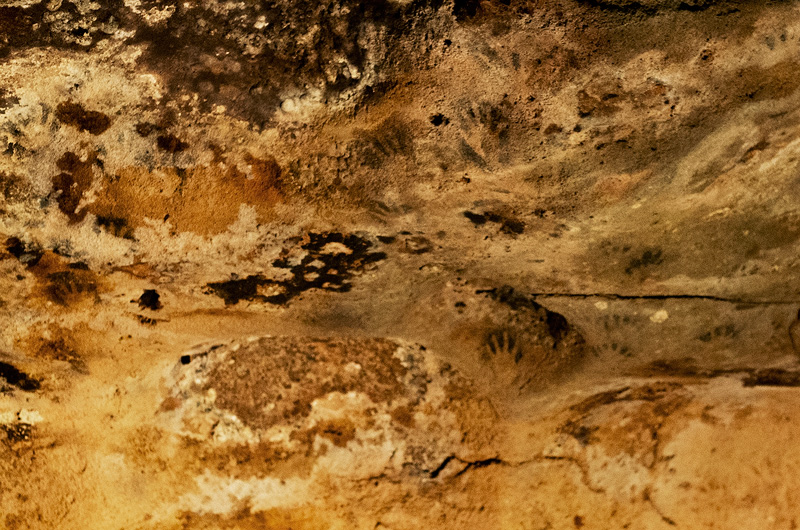
Ancient hand paintings at Lol-tun, a cave with signs of habitation dating back over 10,000 years, which was used as a refuge by Maya during the caste war against the Spanish.

Cenotes
The Yucatán peninsular is mainly composed of porous limestone. Because of this, there are almost no rivers in the northern half with rain water filtering underground to create subterranean rivers and caves. When the limestone bedrock collapses and exposes groundwater it creates a "cenote". Cenotes are particularly associated with the Yucatán and Maya cities were built around them as they were the only source of drinking water.
66 million years ago an asteroid hit the earth just off the present day coast of the peninsular. The impact crater, although now covered, affected the flow of groundwater meaning that there is a higher concentration of cenotes around the outer rim of the crater. This impact is also thought to have killed the dinosaurs along with 75% of the plant and animal life on earth.
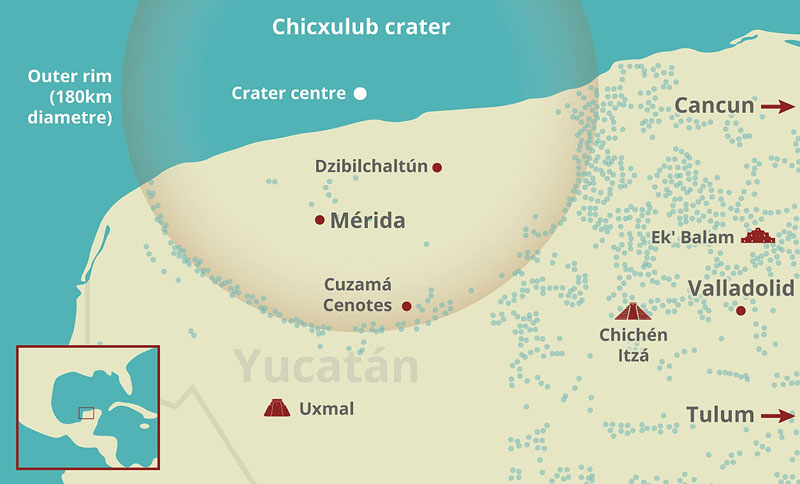
Map showing concentration of cenotes (blue dots) around the crater rim.
Mike took us to the cenotes at Cuzamá. There used to be three accessible cenotes on the tour, but due to an ongoing dispute between two neighbouring towns about who has the right to run this popular tourist spot, only two are currently open. You get to the cenotes on horse-drawn trucks, which have been converted from those that were used to transport henequen.
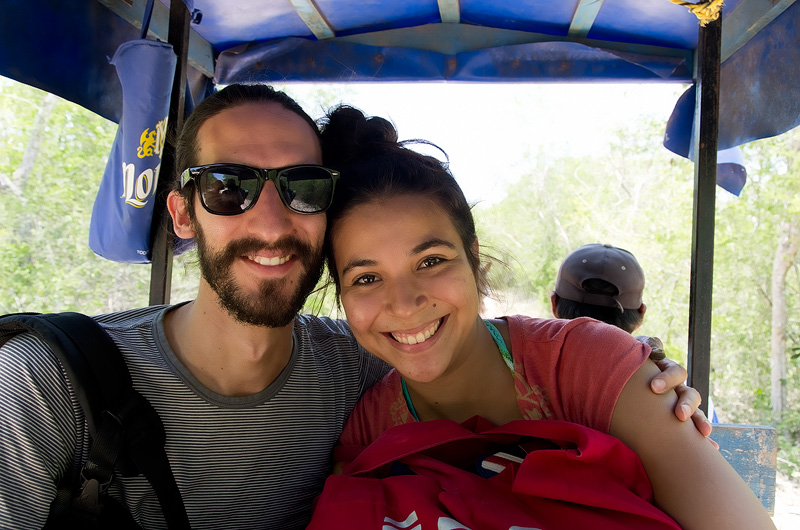
Mike and Verónica
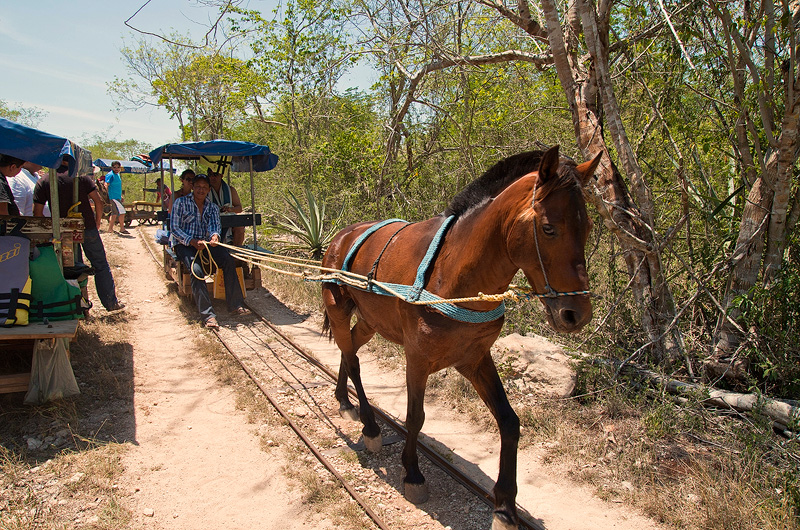
Transportation to the cenotes. As you can see, there is only one track and the carts have to be lifted off the tracks to allow others to pass
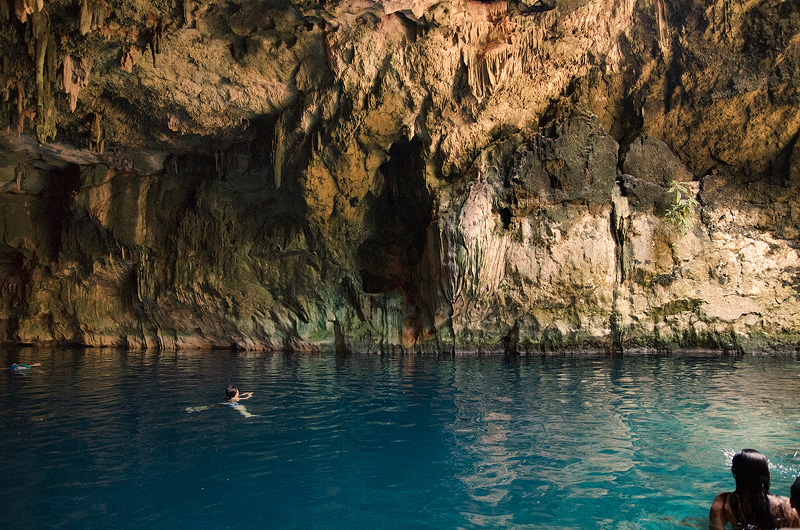
One of the cenotes at Cuzamá
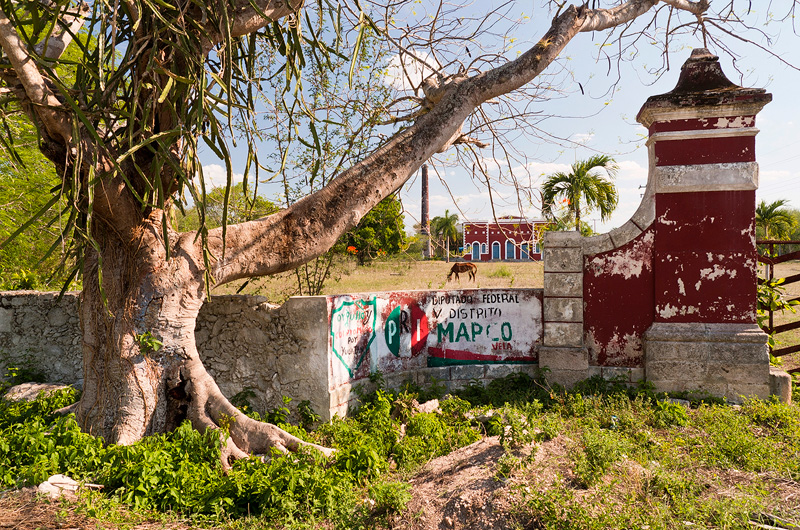
A Hacienda.
By the turn of the 19th century Merida boasted more millionaires per capita than anywhere on earth. These wealthy entrepreneurs were hacienda (land estate) owners who made their riches from henequen, a plant whose fibres can be used to make rope. The Mexican revolution and synthetic fibre soon put an end to mass production of this green gold and the haciendas were largely abandoned and fell into disrepair. Some of them have now been renovated and turned into museums and five-star hotels. We thought about staying in one, but they required guests to be "calm and elegant", so that ruled us out

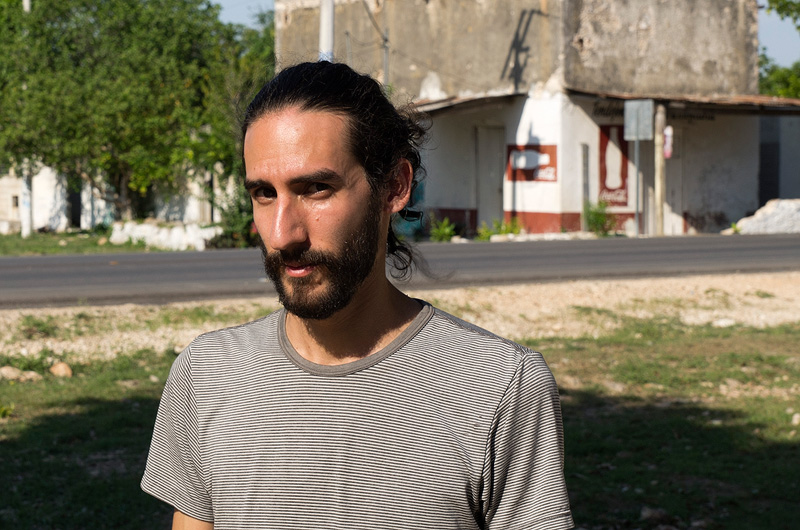
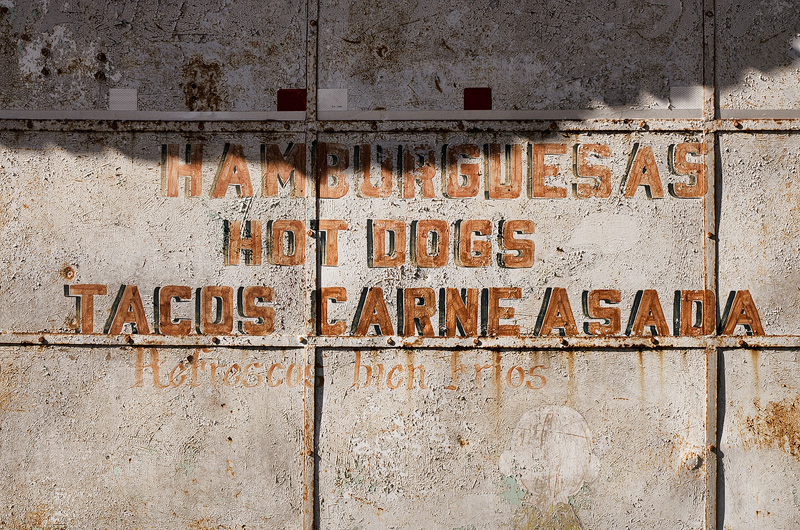
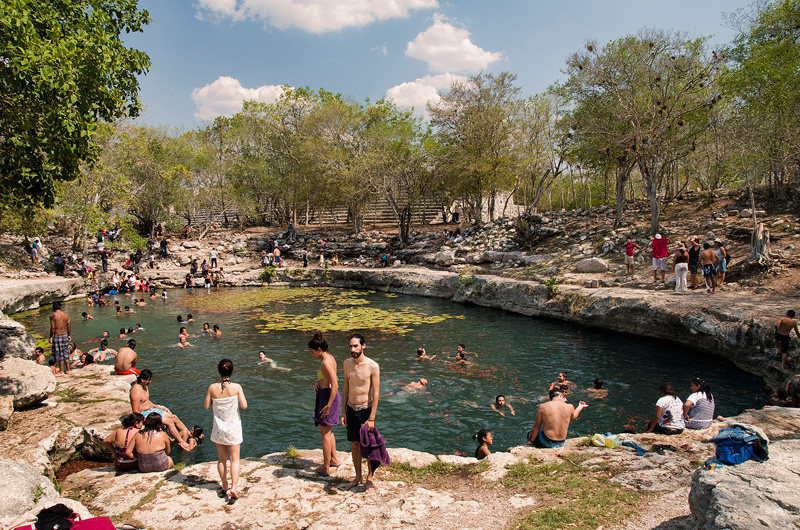
Cenote at Dzibilchaltún
Valladolid
Valladolid was recently awared the title Pueblo Mágico "magical village", which I think is just a tourism board initiative and doesn't actually reveal anything about the competency of local wizards. It's a nice little town though and provides a good base from which to explore the ruins of Ek Ballam and Chichen Itza.

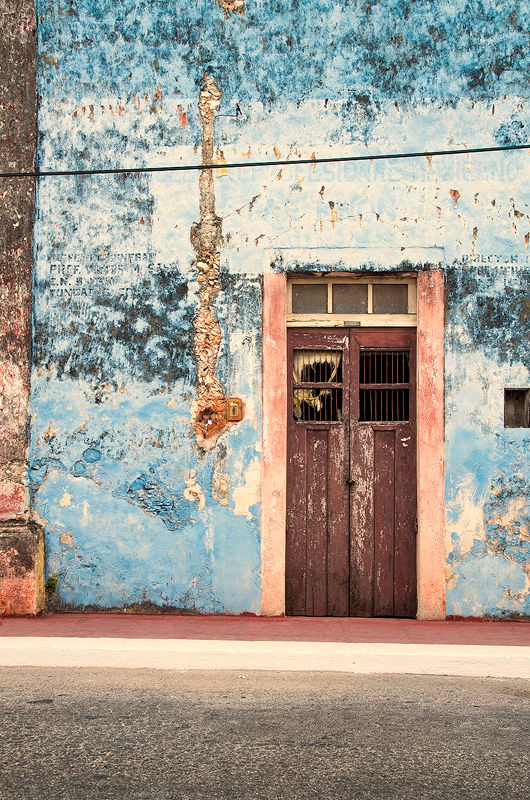
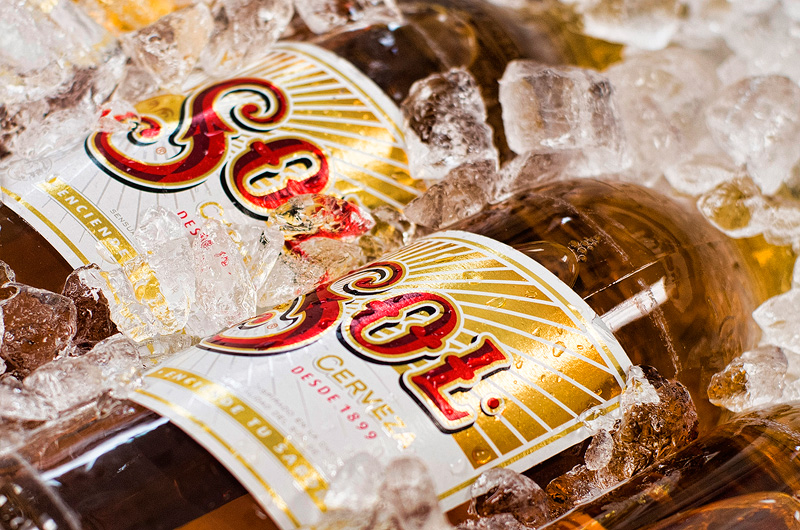
Ek Ballam
For understandable reasons, climbing a lot of the remaining Maya pyramids isn't allowed. Ek Ballam is one of the few that has one you can still climb.
Although the city was rediscovered in the late 1800s, it wasn't excavated until 1997.
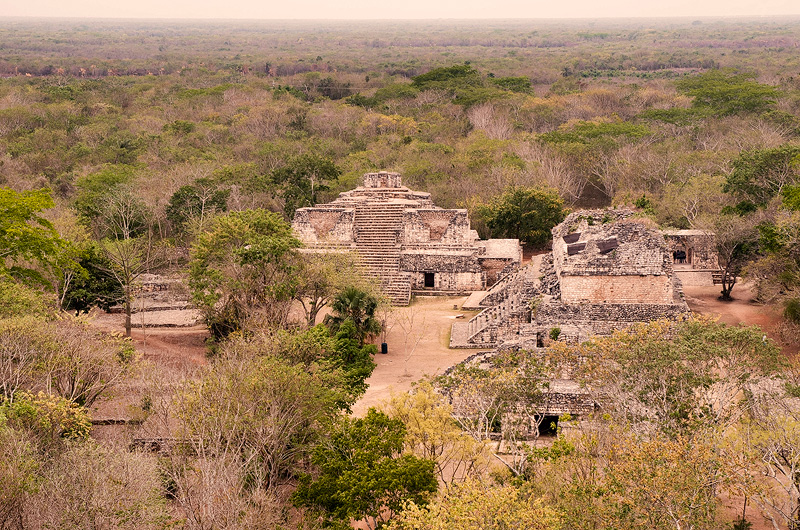
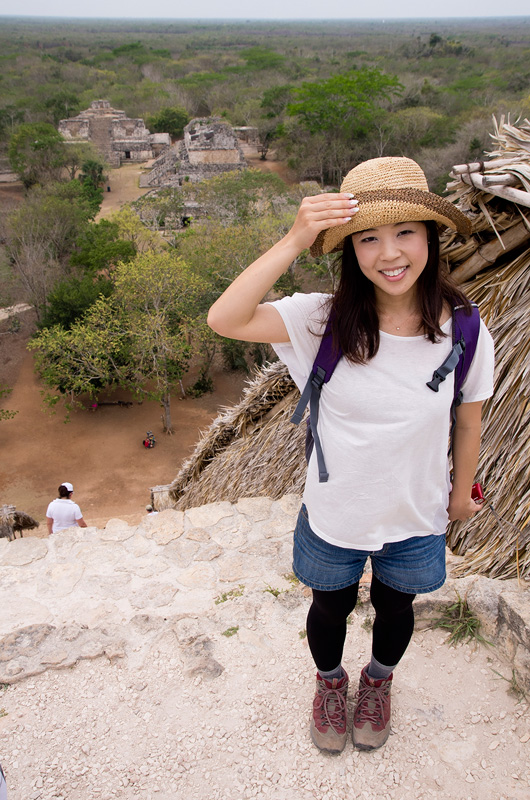
Chichen Itza
Once the centre of the Maya empire, Chichen Itza was recently named one of the new seven wonders of the world. Many of the buildings in the complex show the influence that astronomy had on Maya culture. The main pyramid, for example, has 365 steps: the four sides have 91 each, with the top platform forming the 365th. Twice a year at the Spring and Autumn equinoxes a shadow in the shape of a serpant falls on the pyramid, slowly slithering down the steps to join a stone snake head at the base.
The city was mysteriously abandoned in the 1400s, long before the Spanish set foot on the peninsular.
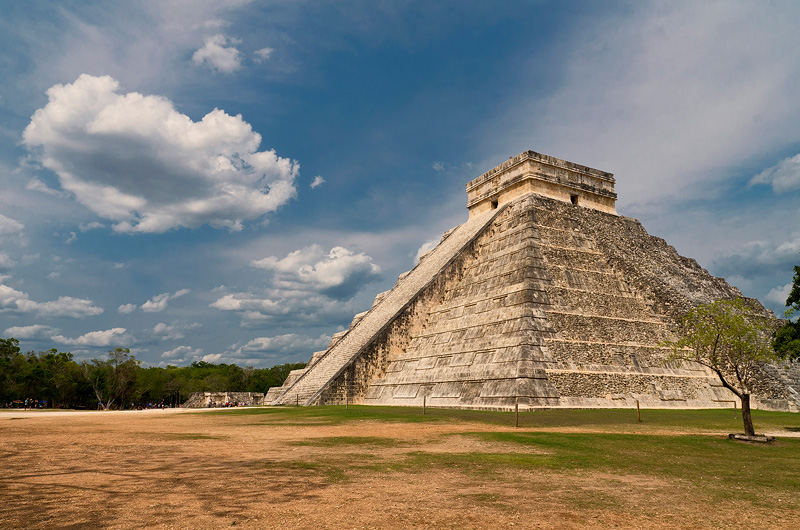
Tulum
Tulum was one of the last cities built by the Mayas and managed to survive about 70 years after the Spanish occupation of Mexico. The city"s demise is less mysterious than Chichen Itza; the inhabitants likely succumbed to diseases brought by Spanish settlers.
The ruins aren't the only attraction, with many visitors coming for the nearby cenotes and beach-side hotels.


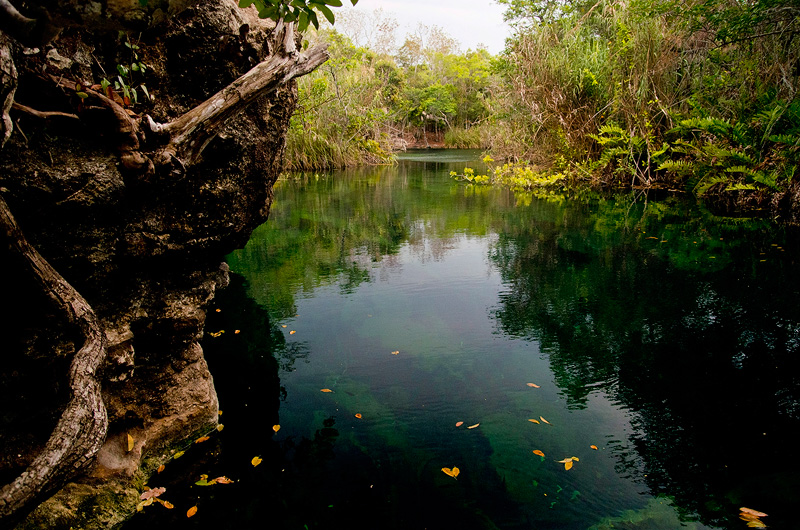
Cenote Escondido
Funny story about the picture above (kind of... in hindsight...). We were only in Tulum for a couple of days, so although the weather forecast wasn't good we decided to hop in a taxi and go to Cenote Escondido. We arrived to find the gate locked, but the taxi driver said that the was a hole in the fence and if we walked to the end of the dirt track there might be some other people there.
We weren't utterly convinced, but arranged for him to pick us up in an hour and made our way down the track. After a bit of a walk, we arrived at the Cenote to find it deserted. The water was beautiful, but soon after we arrived we heard the sound of thunder in the distance. While contemplating whether to get in or not, the heavens opened and we had to seek shelter in a tiny staw hut with no walls. The thunder and lightning came closer until it was almost overhead, while we huddled together shivering in wet swimming costumes and towels and batting off mosquitoes. I started to wonder whether this tiny hut would really offer any protection in the event of a lightning strike, or whether it was a death trap and we would be better off legging it up the path and back to the road as soon as possible. We still had about 45 minutes until the taxi driver came to pick us up — assuming he was coming back — so we decided to wait it out.
It got down to about 10 minutes before the scheduled pick up time and the thunder seemed to be moving away, so we decided to make a move. Of course, by this time the dirt path had turned into a stream and the cheap sandals we had on made for a pretty uncomfortable journey back. I tried my best to motivate my wife, which I think she appreciated, but it was hard to tell with all the swearing and death threats. Eventually we made it to the end of the path and I climbed through the fence to find our taxi driver waiting for us. He probably thought our huge smiles were from having such fun at the cenote — "oh that's, nice you had the place to yourself", he said — and not from having survived a (perceived) near death experience. Anyway, it was pretty romantic, in a way.
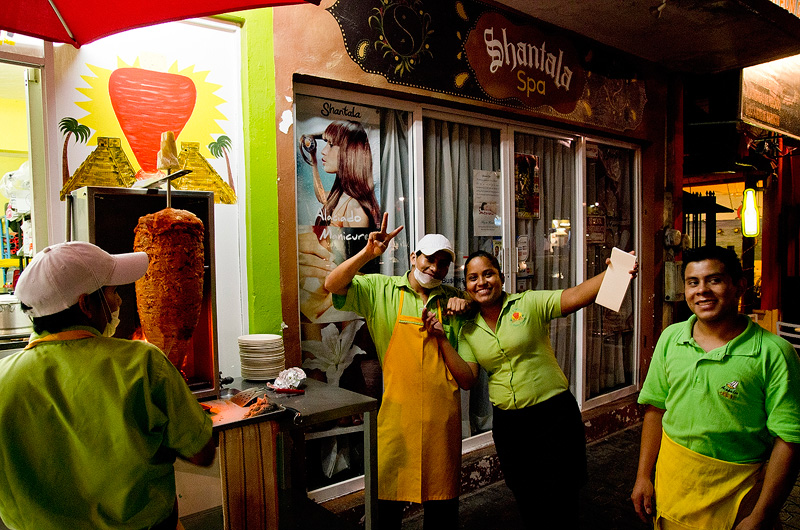
I tend to rely on sites like Trip Advisor for restaurant recommendations when traveling. We quickly realised that in Tulum though, the internet recommendations where all far too touristy and the best fayre on offer was local street food. We got some tacos from this place and they were so good we immediately went back for more — much to the amusement of the staff.
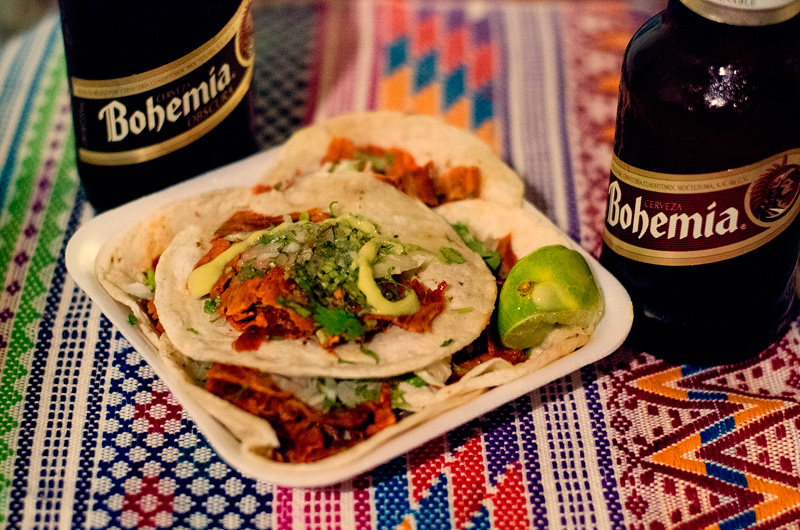
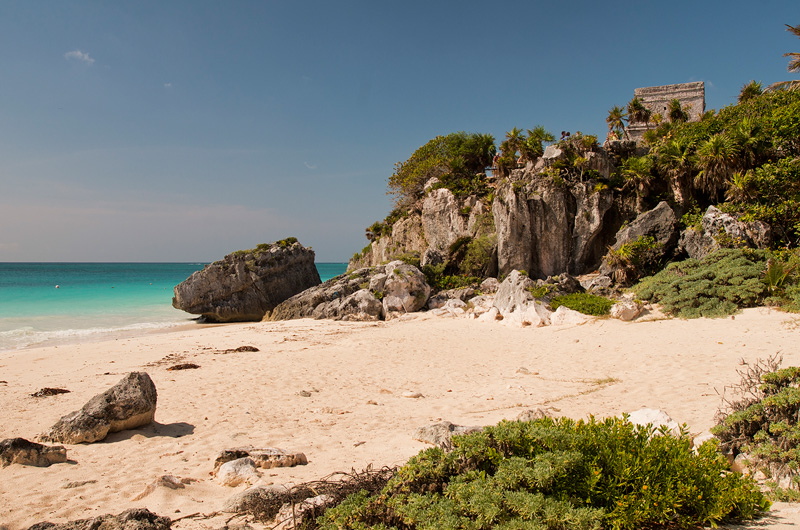
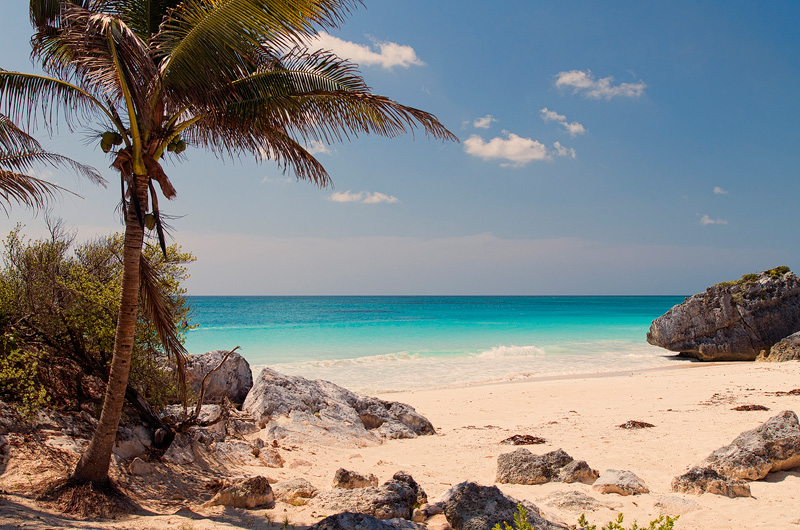
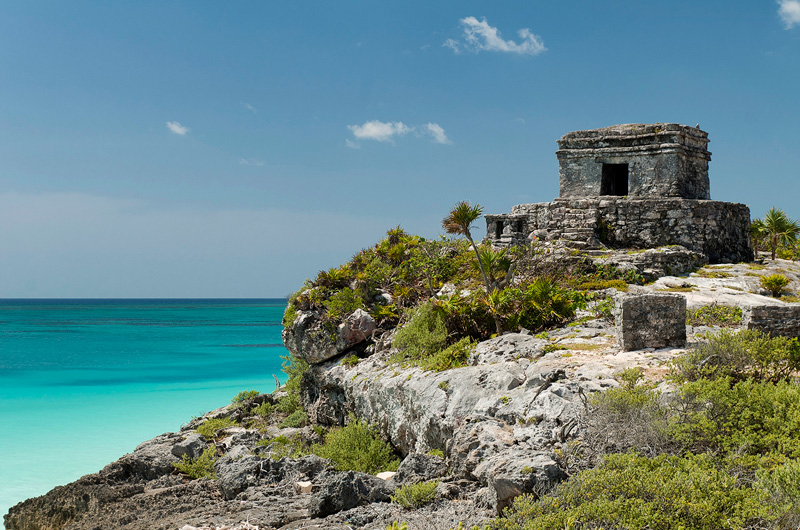
Puerto Morelos
No honeymoon in the Yucatán peninsular would be complete without a stay at one of the many all-inclusive hotels. My preconception of all-inclusives was one of quantity over quality, but the one we stayed at was great. Unfortunately we are both total lightweights, so couldn't really get value for money — the big bottles of liquor in our mini-bar stayed completely unopened and after a couple of frozen marqueritas we had to have a lie-down.
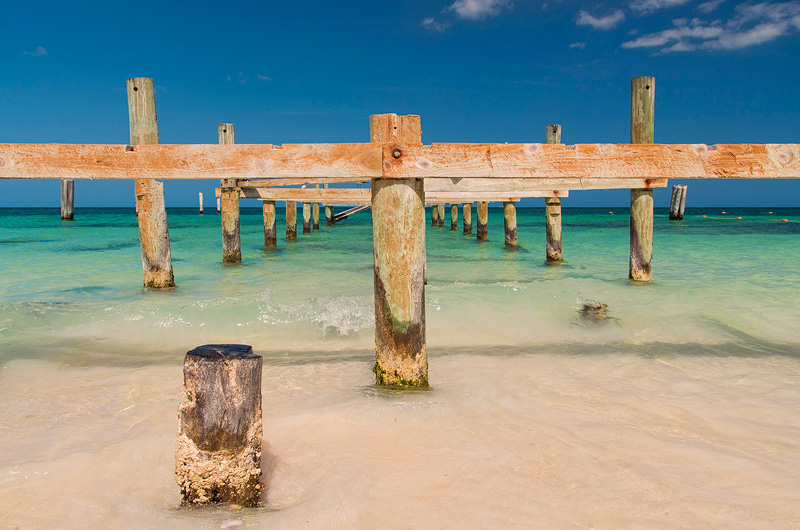


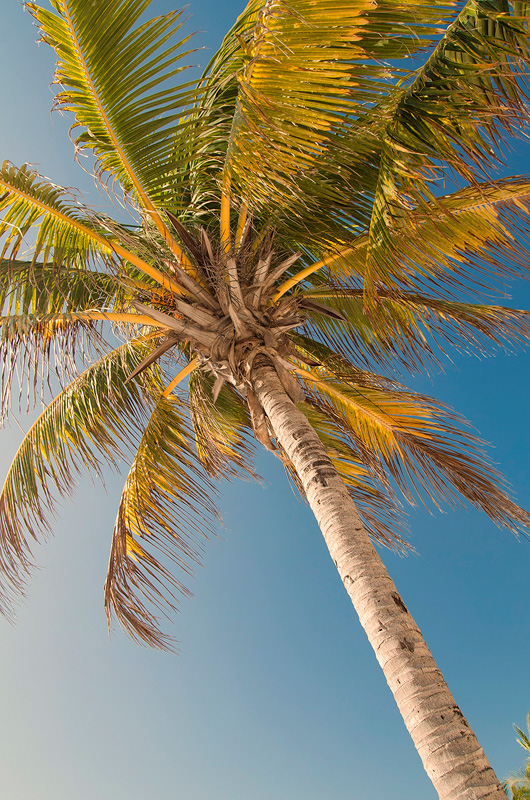
Cancun
Cancun is mainly associated with Spring Break culture and most tourists don't step foot outside the hotel area. However, the real heart of the city is Parque de las Palapas. The park is an important meeting place for local residents and shows are often held on the main stage. We were mainly interested in the open air food court of course. The final night of our trip coincided with Cinco de Mayo, making the park even more bustling than usual.
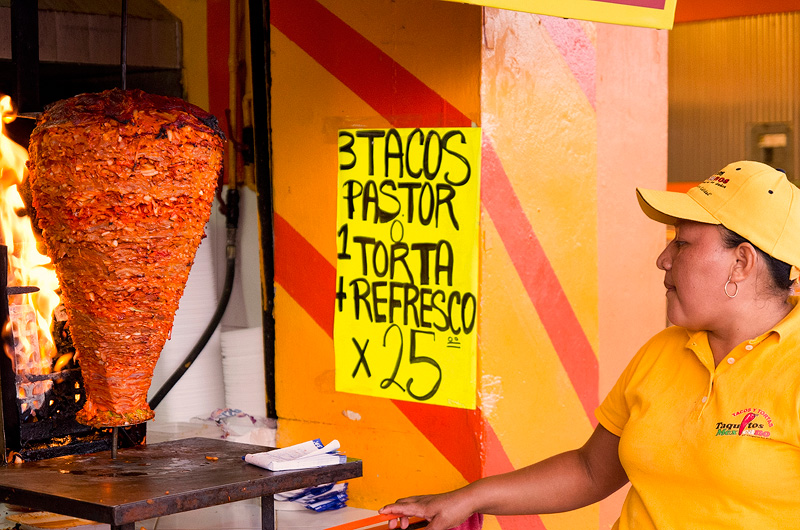
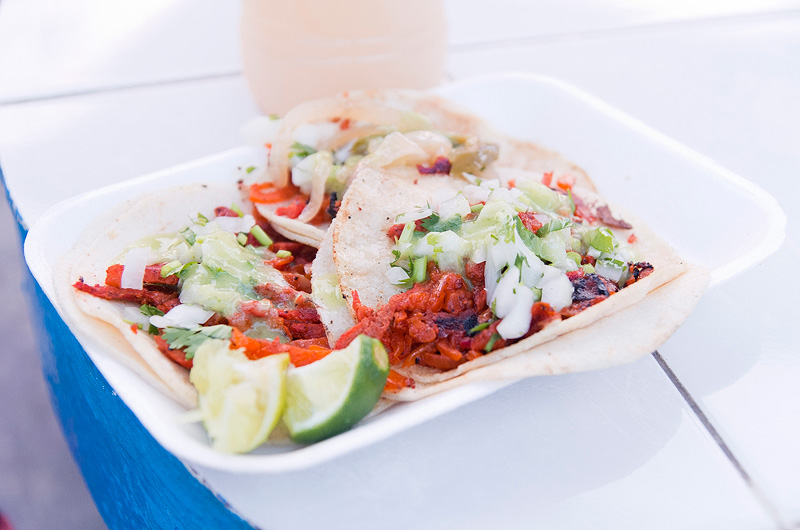
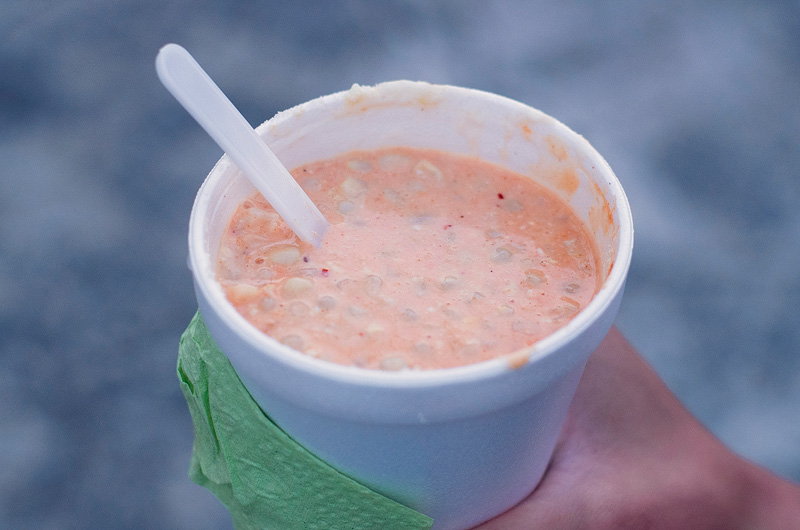
Esquites is a mixture of corn, mayo, chilli powder and lime. Before eating: "Er, what is that?" After eating: "WHAT IS THIS AND WHERE HAS IT BEEN ALL MY LIFE?"
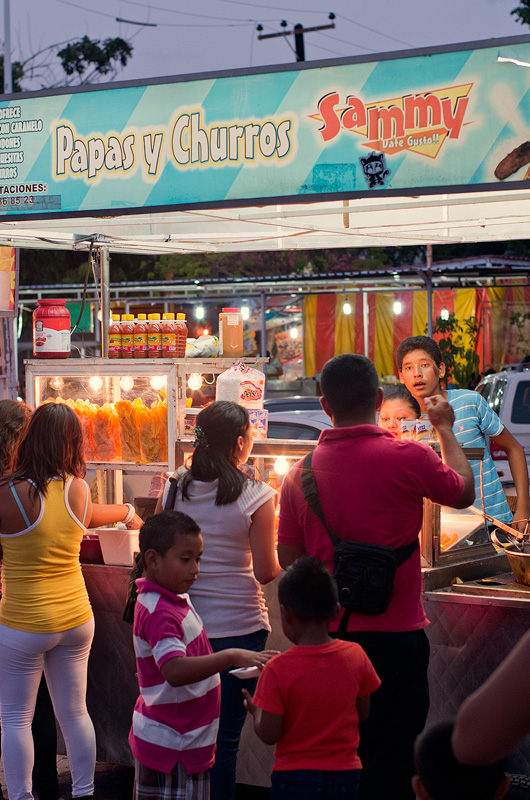
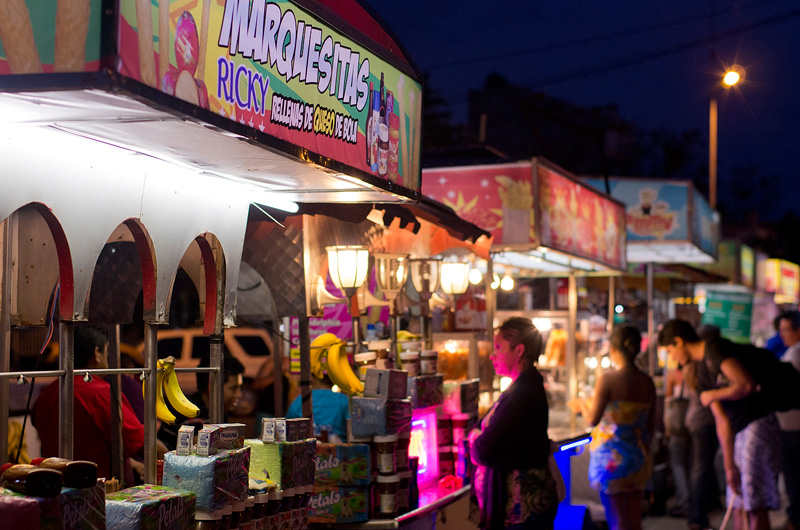
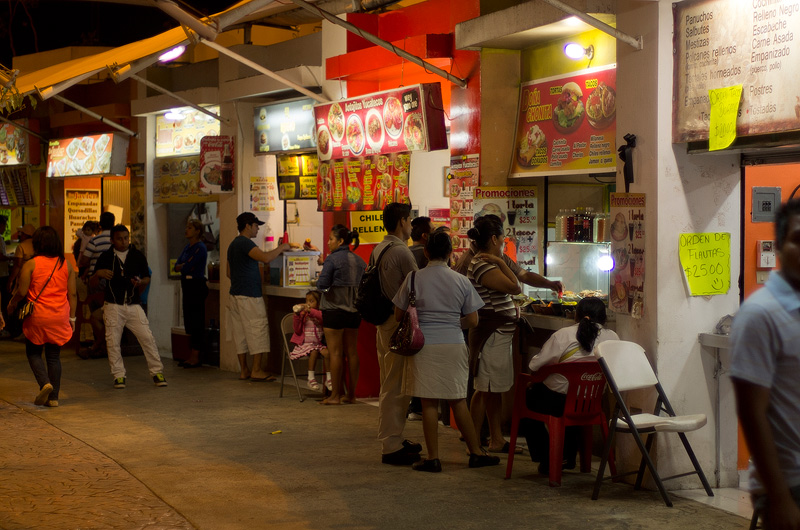
Open air food court at Parque de las Palapas
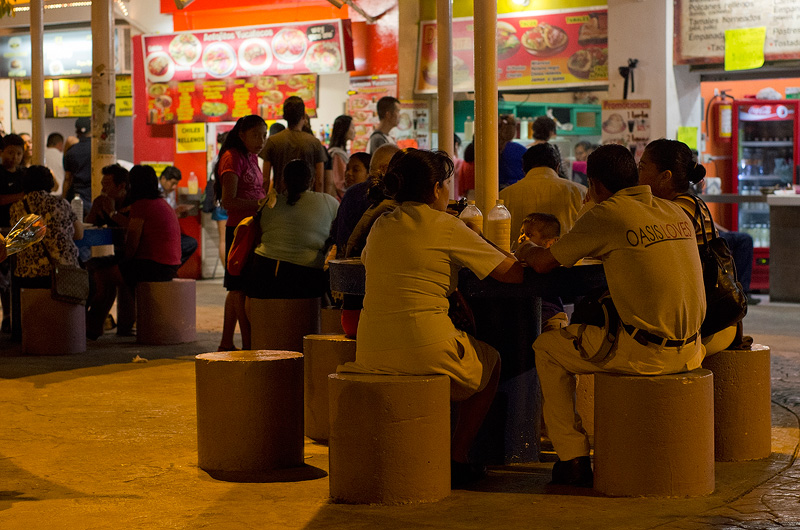
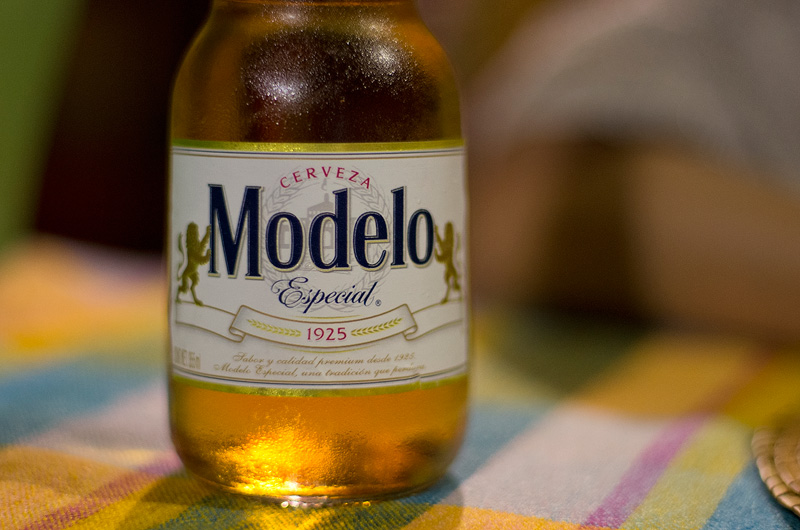
Comments
March 15th, 2015
Your photographs are making me so very hungry. We love open air produce markets, but being it is March and we are in Kentucky photographs are the best we can do. Thanks for helping me make it threw another winter.